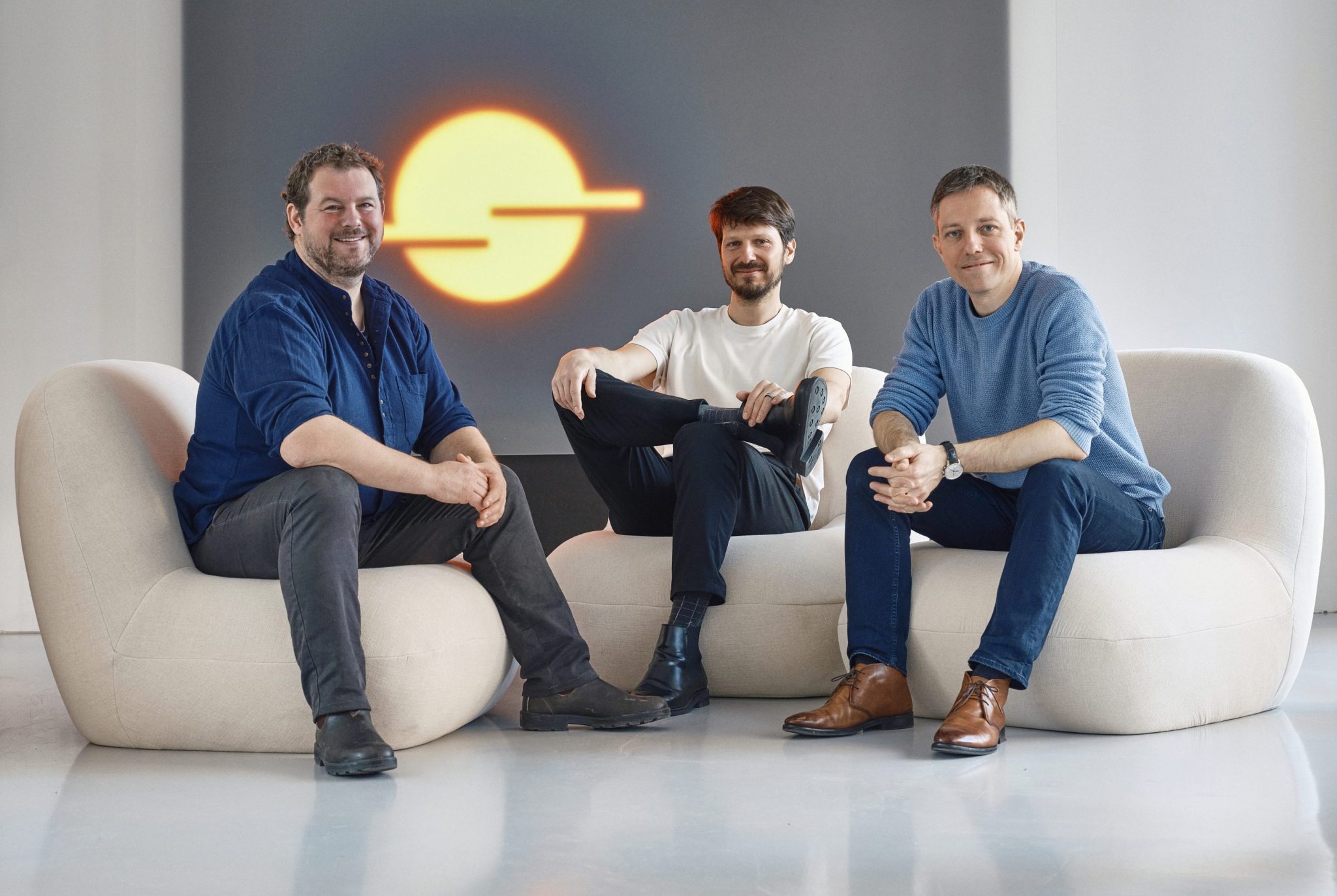Exclusive: Easy-to-deploy industrial robot startup emerges from stealth with $8.5 million in seed funding
Sunrise Robotics, a startup building modular industrial robotics and AI models that makes them simple to deploy in different environments, has emerged from stealth with $8.5 million in seed funding.
The investment round is being led by Plural, a London-based early stage venture capital firm formed by a group of prominent startup founders including Wise cofounder Taavet Hinrikus and SongKick cofounder Ian Hogarth. Venture capital firms Tapestry, Seedcamp, Tiny.vc and Prototype Capital also participated in the funding.
Sunrise, which is headquartered in Ljubljana, Slovenia, declined to comment on its valuation following the funding round.
The startup is trying to address an acute and worsening labor shortage in many European manufacturing firms, Tomaz Stolfa, its cofounder and CEO, said. These businesses currently represent 15% of Europe’s GDP and employ 32 million people. But close to a third of this existing European manufacturing workforce is set to retire in the coming decade and industrial companies are already saying they cannot find enough young workers to replace those who are leaving. Sunrise sees industrial robots being able to take over some of the manual cutting, welding, fastening, and bolting human workers currently perform on the production lines of these businesses.

The company can have its two-armed robots up-and-running on a new industrial production line in less than 10 weeks, Stolfa said, while it can take as long as eight months to deploy traditional industrial robots that have to be programmed on site.
The startup accomplishes this by using cameras to gather detailed three-dimensional data on the workstation where the robot will be deployed and also recording the steps a human worker currently takes to accomplish a task at that workstation. Sunrise uses this camera data to build what is essentially a digital twin of that workstation and trains AI models in a simulator that can control its robots to complete the task. Then it transfers this control software to its real robots.
Sunrise Robotics is not the only robot startup trying to use modern AI techniques and modular designs to make the delivery of robots for factories and warehouses much faster and more affordable. Paris-based Inbolt is also targeting industrial robotic arms, while Physical Intelligence is building “foundation models” that will enable any robotic arm designed to pick up and maniuplate a wide variety of objects.
Stolfa says that Sunrise’s software uses a combination of small AI models and conventional computer coding to control its robots. He said that as its robots master new skills, the time it should take to deploy them to future environments that demand similar skills should shorten considerably.
He also says that Sunrise’s decision to build standardized “cells”—as it calls its robotic workstations—makes it easier to train the robots for new tasks. The robot workstations are Sunrise’s own design, but are composed of mostly off-the-shelf parts, which makes them cheaper to build and maintain. “What we’ve done is we’ve productized the hardware,” he said.
Stolfa said one reason traditional industrial robots were expensive and time-consuming to deploy is that they were often designed specifically for one particular assembly line. This meant that only the largest manufacturing companies could afford to use them.
Sunrise, Stolfa said, is not targeting these businesses, such as major automakers. Instead, he said the company is going after the 60% of European manufacturers that are “high mix, low volume,” meaning that they produce a lot of different parts, but a relatively small number of finished products. He said Sunrise’s sweet spot was probably companies producing less than 100,000 parts each year, but that it could also work for those producing up to about 400,000 parts.
So far the company said it has signed letters of intent with about 10 customers, including those in supercar development, high-performance batteries, and consumer electronics manufacturing. Andrew Buss, the managing director at Asteelflash, an electronics manufacturer based in Bedford, England, that is an early Sunrise customer, said in a statement that the startup has helped it “adopt cutting-edge innovation at remarkable speed. Just a few months after initial data collection, we had a fully-trained, operational-intelligent robot up and running within hours of delivery.”
Two of Sunrise’s three cofounders are experienced entrepreneurs, and all three spent time working in tech in Silicon Valley. Stolfa co-founded a number of previous companies—including the voice-over-internet company vox.io and also the messaging app builder Layer. Cofounder Marko Thaler, the company’s chief technology officer, previously founded Airnamics, which built AI brains for robots and drones. Meanwhile, Joe Perrott, Sunrise’s third cofounder and its chief commercial officer, was head of global program management at PCH International, which helps businesses build supply chains, including finding contract manufacturing partners. Its clients have included Apple, Amazon, Google, and Square.
The company currently employs 25 people in Ljubljana and working in a dozen locations across Europe. Stolfa said it plans to use its new funding to expand its team and ramp up production of its robot workstations.
This story was originally featured on Fortune.com


© Courtesy of Sunrise Robotics

